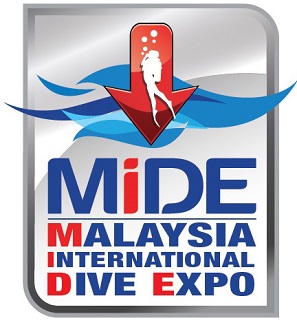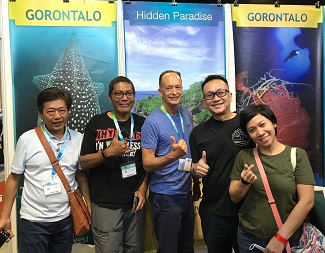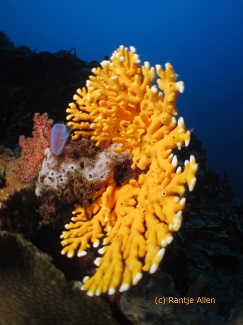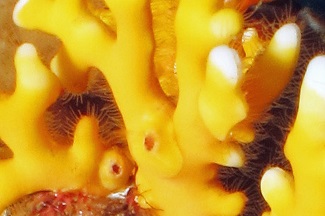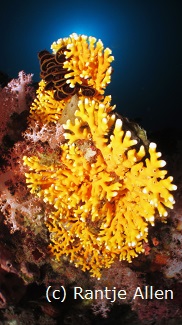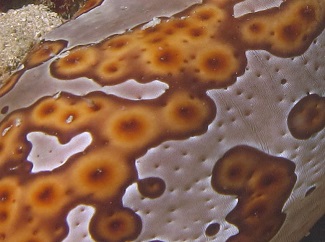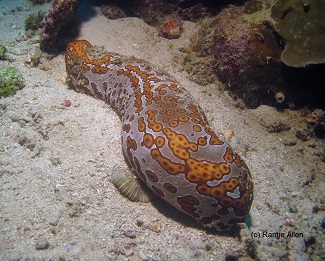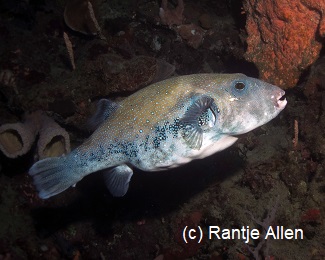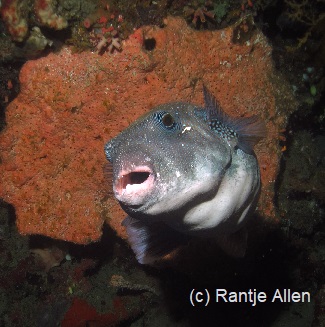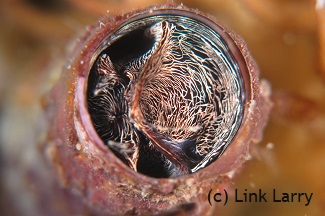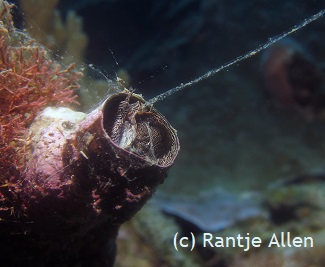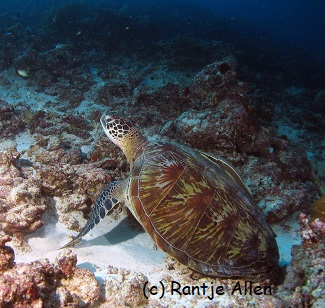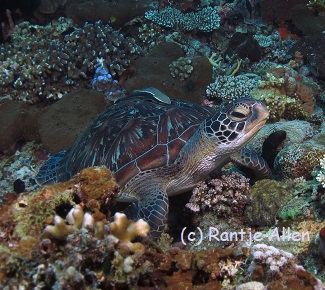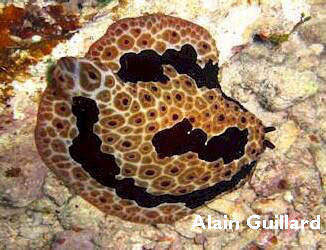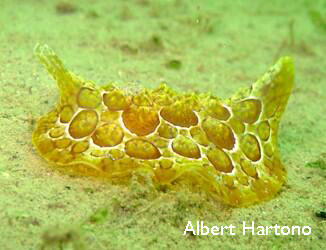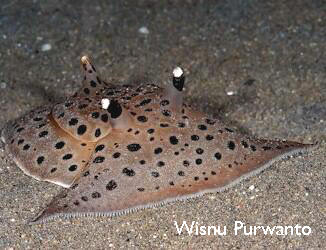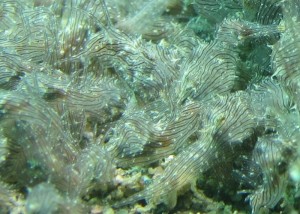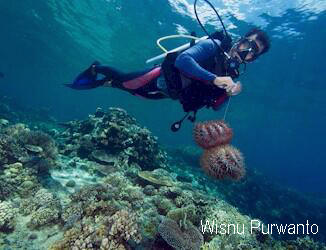Loading content - please wait...
Sargassum frogfish delights divers
Sargassum frogfish float on surface currents to dive sites in Gorontalo. Our diligent diver masters know how to find them, to the delight of guests.
Floating Refuge
As their common name implies, Sargassum frogfish hide among sargassum weeds. Although these weeds initially grow along shallow ocean bottoms, storms will rip them up. Then, these weeds will float on the surface. They have air-filled bladders that look like berries, which helps the weeds float.
Over eighty species of fish use floating mats of Sargassum weed for part of their life cycle. Juvenile fish can hide there from predators. But predators also lurk unseen among the weeds.
Camouflaged Predator
One such predator is the Sargassum frogfish. Like other frogfish
, this one has a small lure between its eyes and mouth. When the fish is hungry, it will wiggle its lure to tempt prey to approach too closely. With a sudden, giant gulp, the frogfish will ingest the small fish, crab or shrimp. Unhappily, baby frogfish may also be devoured.This frogfish’s scientific name is Histrio histrio. It is the only species of this genus and no other fish looks quite like it. Its appearance is unmistakable, although finding it is difficult. Its coloration mimics that of Sargassum weed. Also, it has fleshy appendages that look like its weedy host. Although it can swim, this frogfish usually remains motionless. Instead, it grabs onto weeds with its pectoral fins and tail. When necessary, it can alter its color from lighter to darker, or vice versa.
Techniques for Finding Sargassum frogfish
Our dive masters are skilled in finding these shy and delightful critters. During surface intervals between dives, they will search floating weeds near the dive boat. If they find one, they will scoop it into a small bucket along with the weed on which the frogfish clings. That way guests on the dive boat can see it up close. Although this frogfish can survive quite a while above water, we always return it safely to the ocean.
For your chance to see a Sargassum frogfish Gorontalo, please make your dive reservations directly with Miguel’s Diving.







